Misconceptions about history’s biggest disasters
Throughout history, several catastrophic events have captured the human imagination, often leading to myths and misconceptions that cloud their true nature. These misunderstandings can stem from sensationalized media reports or the allure of alternative theories. By revisiting these historical events, we can separate fact from fiction, providing a clearer picture of what truly transpired. This journey through past disasters will help us understand their real impact and the lessons we can learn from them.
The Titanic: More Than Just an “Unsinkable” Ship
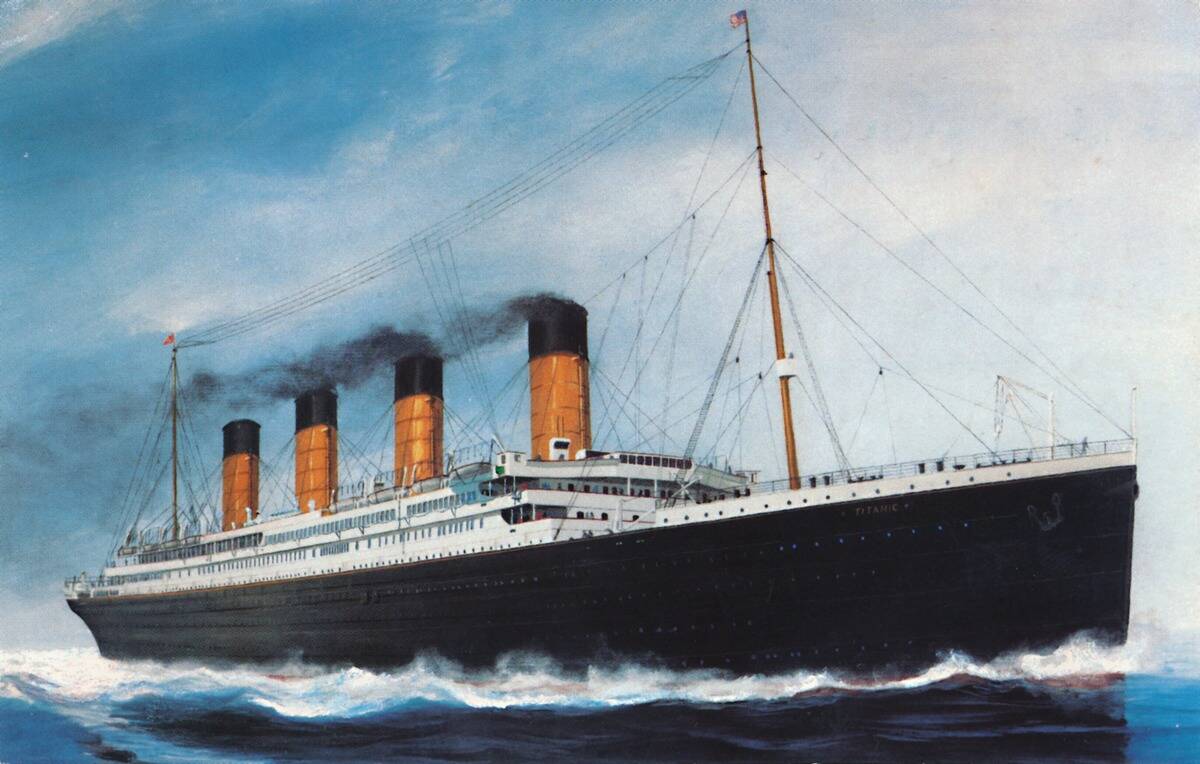
The Titanic is famously known as the “unsinkable” ship that met its tragic fate on its maiden voyage. However, the claim of being unsinkable was more a marketing ploy than an engineering fact. The ship was indeed advanced for its time, featuring watertight compartments and advanced safety features. Unfortunately, human error and a lack of lifeboats led to the disaster. The Titanic’s story is a powerful reminder of the consequences of overconfidence in technology.
The Great Fire of London: Not as Catastrophic as Believed
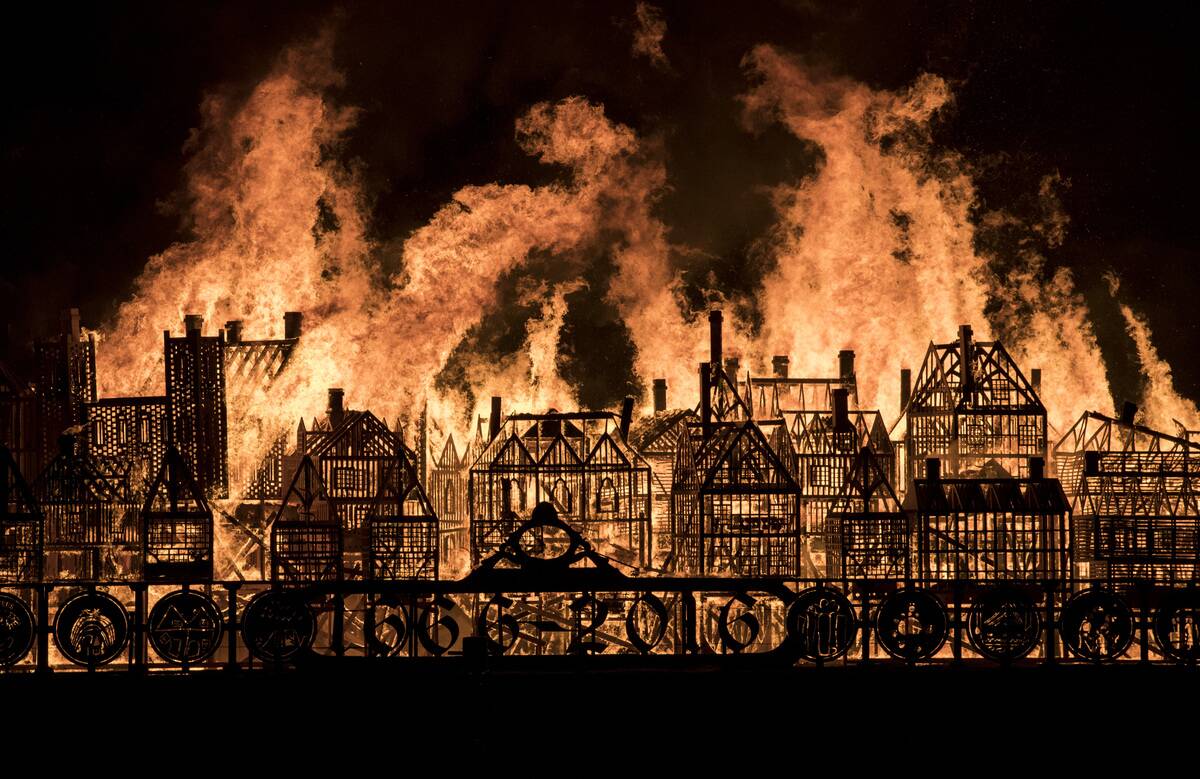
The Great Fire of London in 1666 is often thought to have completely decimated the city. While the fire did cause significant destruction, it only destroyed around 13,200 houses and 87 churches, sparing most of the city’s population. Remarkably, only six verified deaths were recorded, though the true number might be higher. The fire led to important changes in building codes and urban planning, which helped reshape London for the better.
The Black Death: Did It Really Wipe Out Half of Europe?
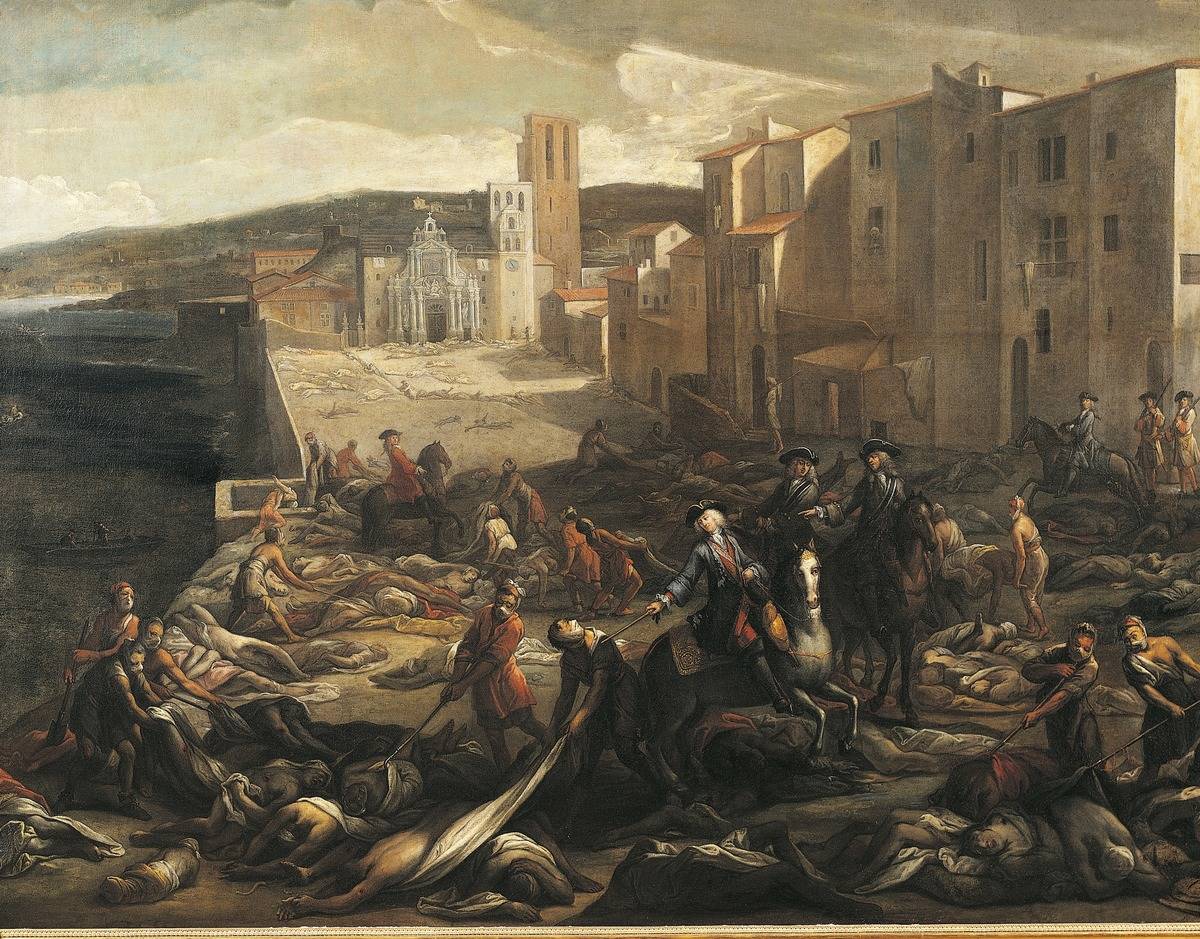
The Black Death is infamous for its devastating impact on Europe during the 14th century. While it did result in a massive loss of life, wiping out an estimated 30% to 60% of Europe’s population, claims that it killed half the continent are slightly exaggerated. The plague did, however, lead to significant social and economic changes, including labor shortages and a shift in the power dynamics between peasants and the nobility.
Hindenburg Disaster: The Truth Behind the Fiery Image
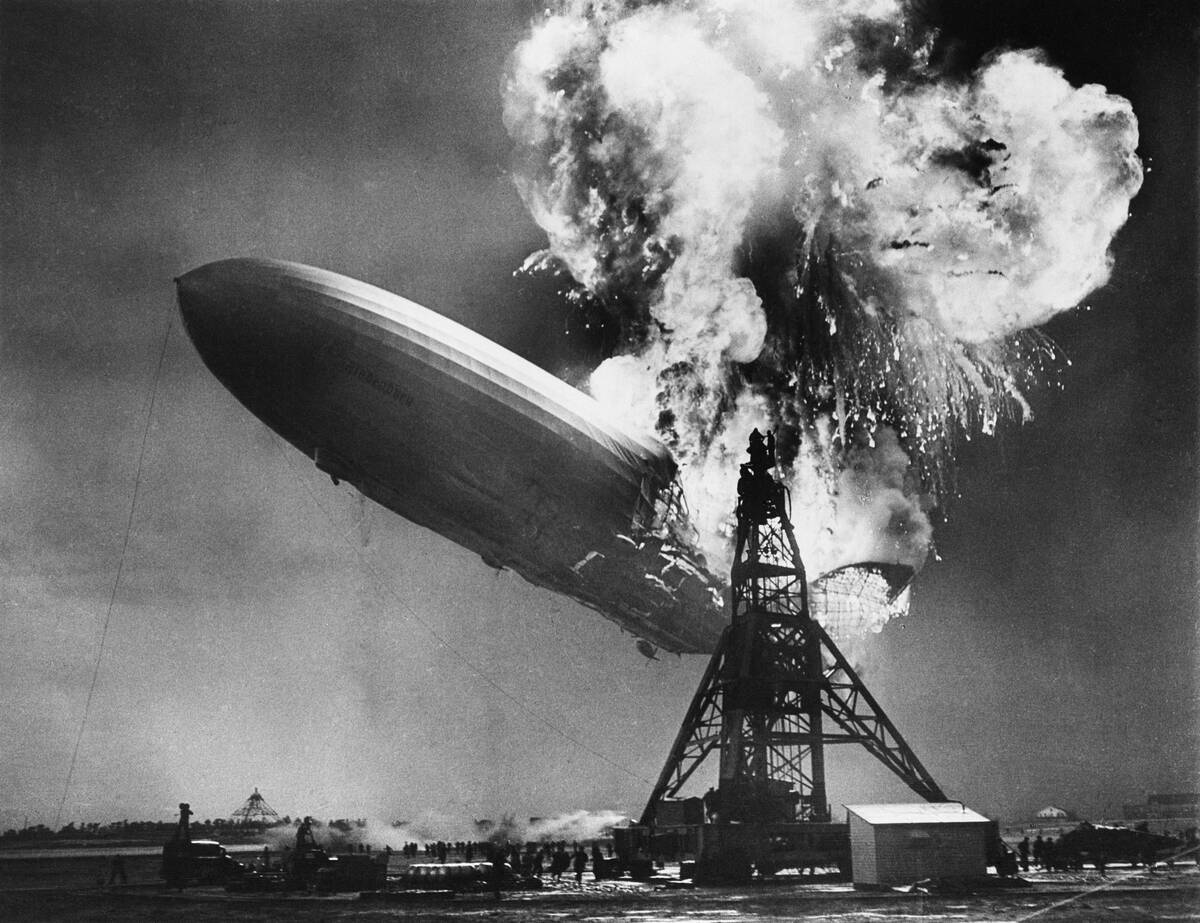
The Hindenburg disaster is often remembered for the iconic photographs of the airship engulfed in flames. Contrary to popular belief, not all passengers perished in the disaster. Of the 97 people on board, 62 survived. The disaster wasn’t solely due to the hydrogen-filled airship; factors such as weather conditions and the flammable paint used on the ship’s exterior played a role. The incident marked the end of the airship era, shifting focus to safer modes of air travel.
Chernobyl: Radiation Levels and Misunderstood Impact
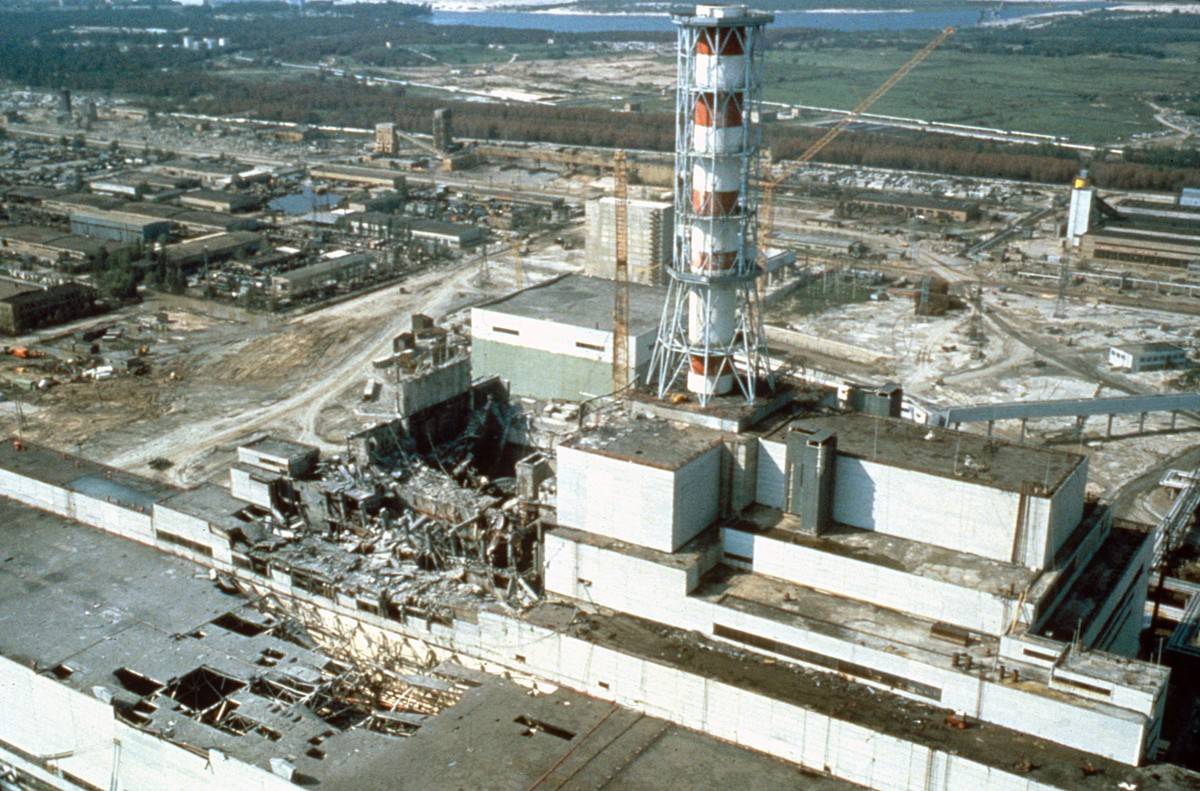
Chernobyl is often cited as the worst nuclear disaster in history, with misconceptions about its immediate and long-term effects. While the explosion released a significant amount of radiation, areas around the reactor have seen remarkable recovery. The disaster led to 31 immediate deaths and long-term health effects are still being studied. The incident prompted significant changes in nuclear safety protocols worldwide, highlighting the importance of rigorous safety measures in nuclear power.
Pompeii: Was It Really Lost and Forgotten?
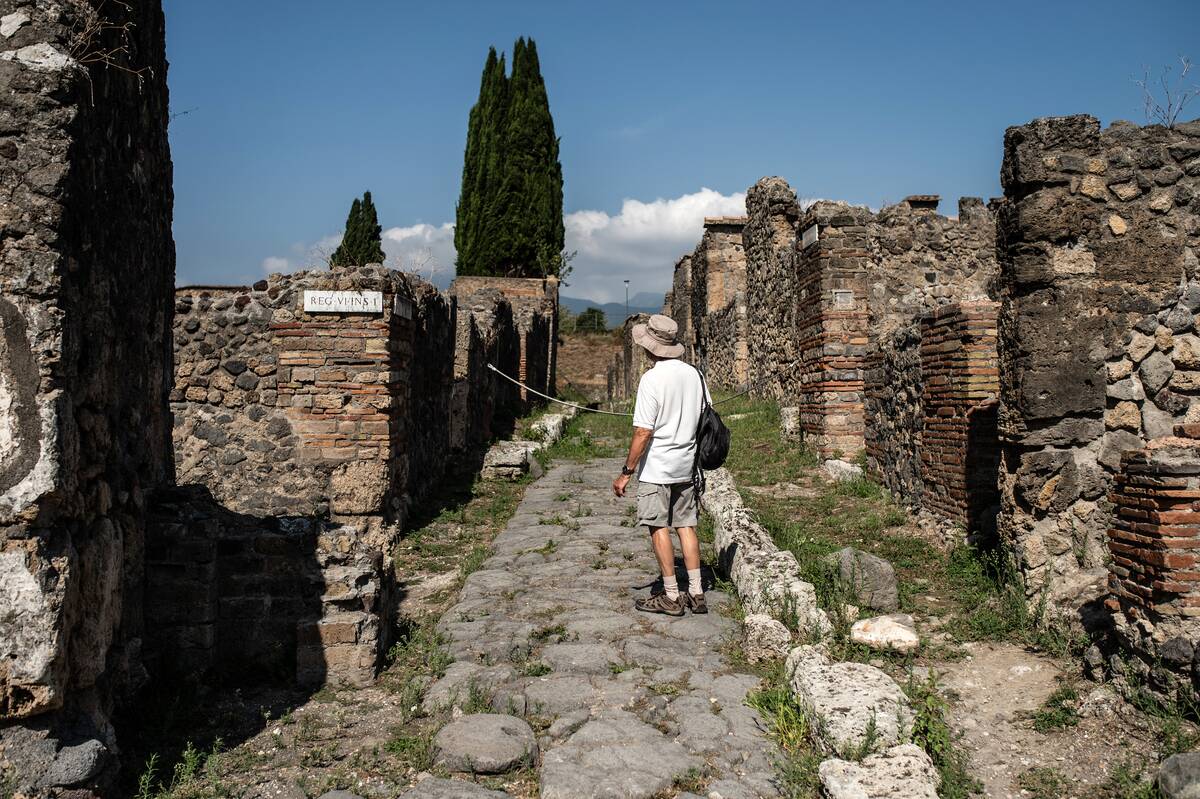
Pompeii is often depicted as a city frozen in time, forgotten until its rediscovery in the 18th century. In reality, the site was never truly lost to history; it was mentioned in various historical texts and maps throughout the centuries. The eruption of Mount Vesuvius in 79 AD preserved the city under layers of ash, providing a unique archaeological snapshot. Pompeii offers invaluable insights into Roman life, with ongoing excavations revealing new discoveries.
The Sinking of the Lusitania: A Catalyst for War or Overstated?
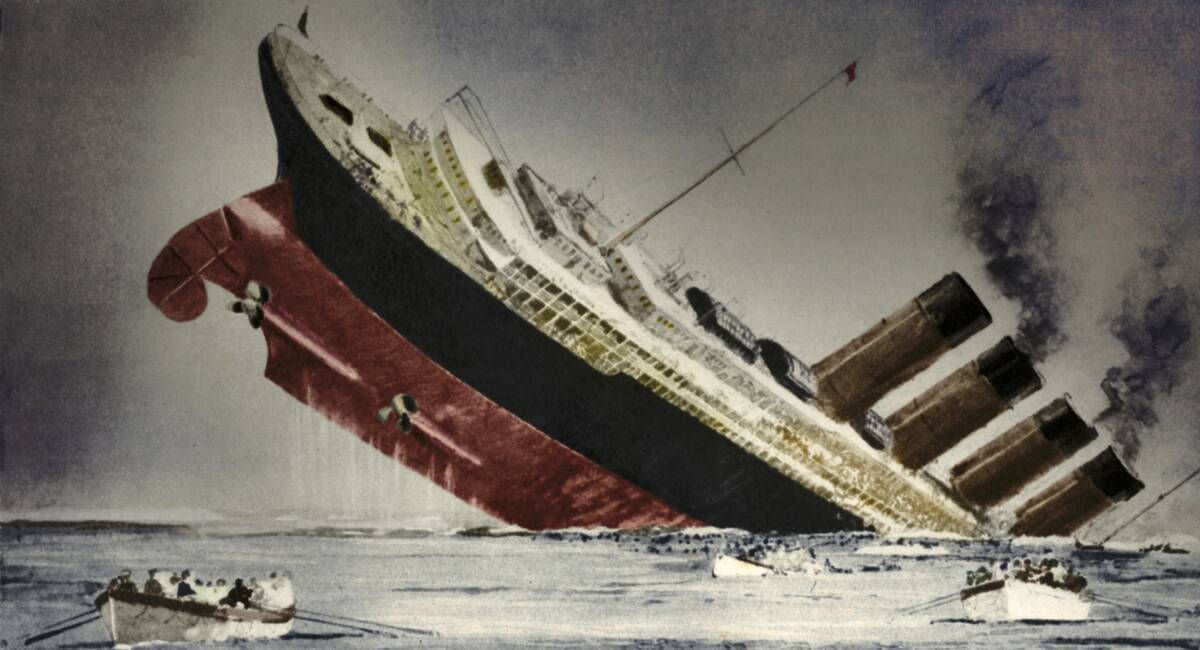
The sinking of the Lusitania in 1915 by a German U-boat is often credited with bringing the United States into World War I. While it did provoke outrage, the U.S. didn’t enter the war until 1917. The incident highlighted the dangers of unrestricted submarine warfare. The ship was carrying munitions, which contributed to the scale of the explosion. The sinking remains a complex event, reflecting the intricate web of wartime diplomacy and public sentiment.
The Great Chicago Fire: Did Mrs. O’Leary’s Cow Really Do It?
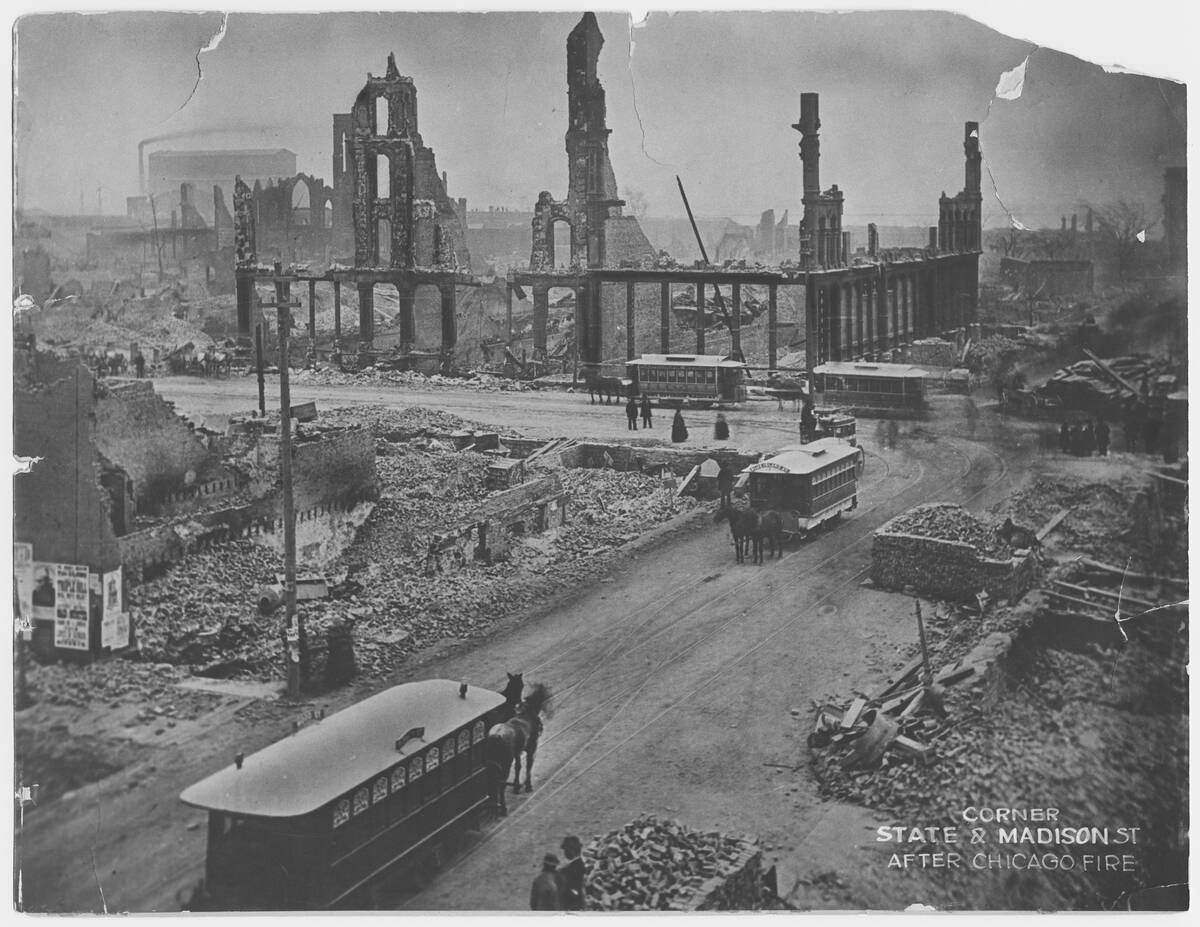
The Great Chicago Fire of 1871 is famously attributed to Mrs. O’Leary’s cow kicking over a lantern. This story, while colorful, is likely a myth. The exact cause of the fire remains unknown, with various theories proposed over the years. What is certain is that the fire caused widespread destruction, leading to the rebuilding of the city and advancements in fire safety standards. The tale of the cow endures, illustrating how legends can overshadow facts.
Hurricane Katrina: A Natural Disaster or a Man-Made Catastrophe?
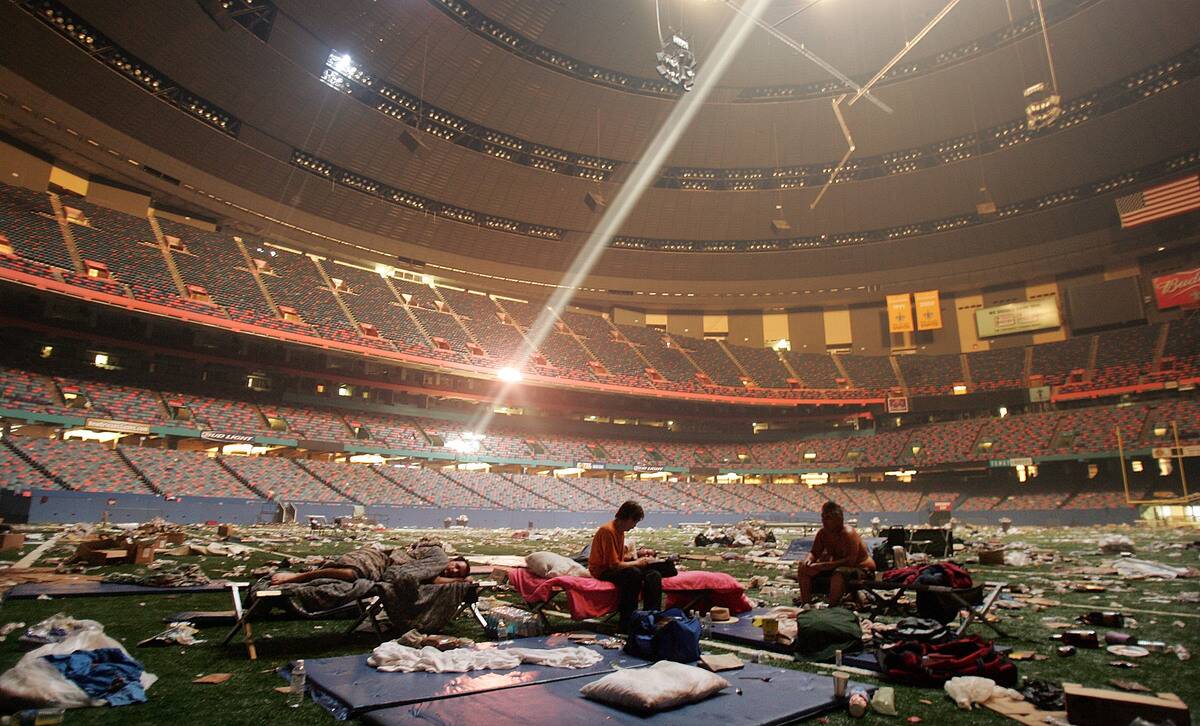
Hurricane Katrina is often remembered for the devastation it caused in 2005. While it was a powerful natural disaster, much of the damage resulted from human error and inadequate infrastructure. The failure of the levee system in New Orleans exacerbated the flooding, highlighting issues in engineering and emergency response. Katrina underscored the importance of preparedness and the need for robust infrastructure to withstand such events, a lesson that continues to resonate today.
The San Francisco Earthquake of 1906: Myths and Realities
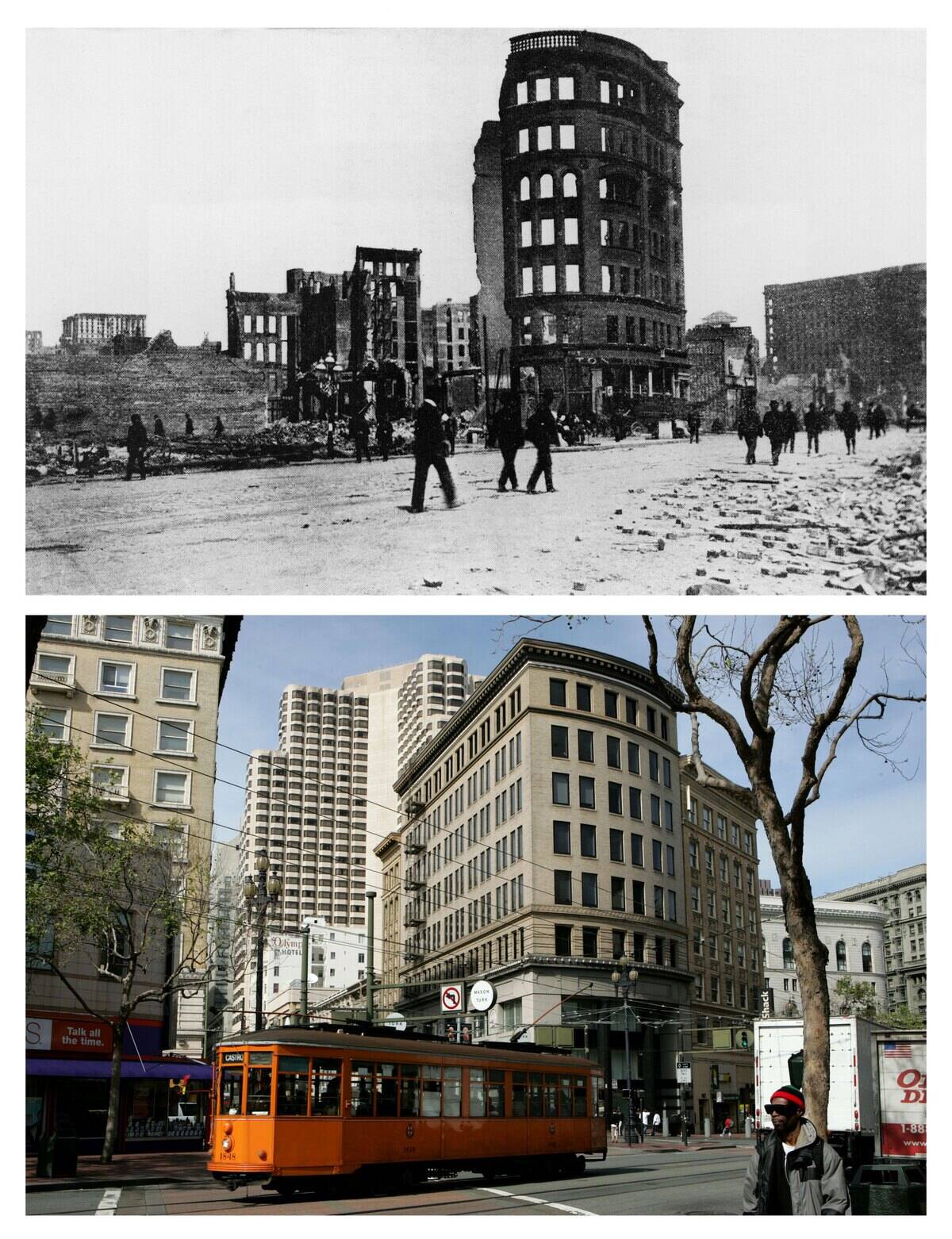
The 1906 San Francisco earthquake is remembered as one of the most significant natural disasters in U.S. history. While the earthquake itself caused considerable destruction, the subsequent fires were even more catastrophic, destroying much of the city. Popular myths suggest the entire city was leveled, but many structures survived. The disaster led to improvements in building codes and urban planning, shaping the modern cityscape of San Francisco.
The Spanish Flu: More Than Just an Ordinary Flu?
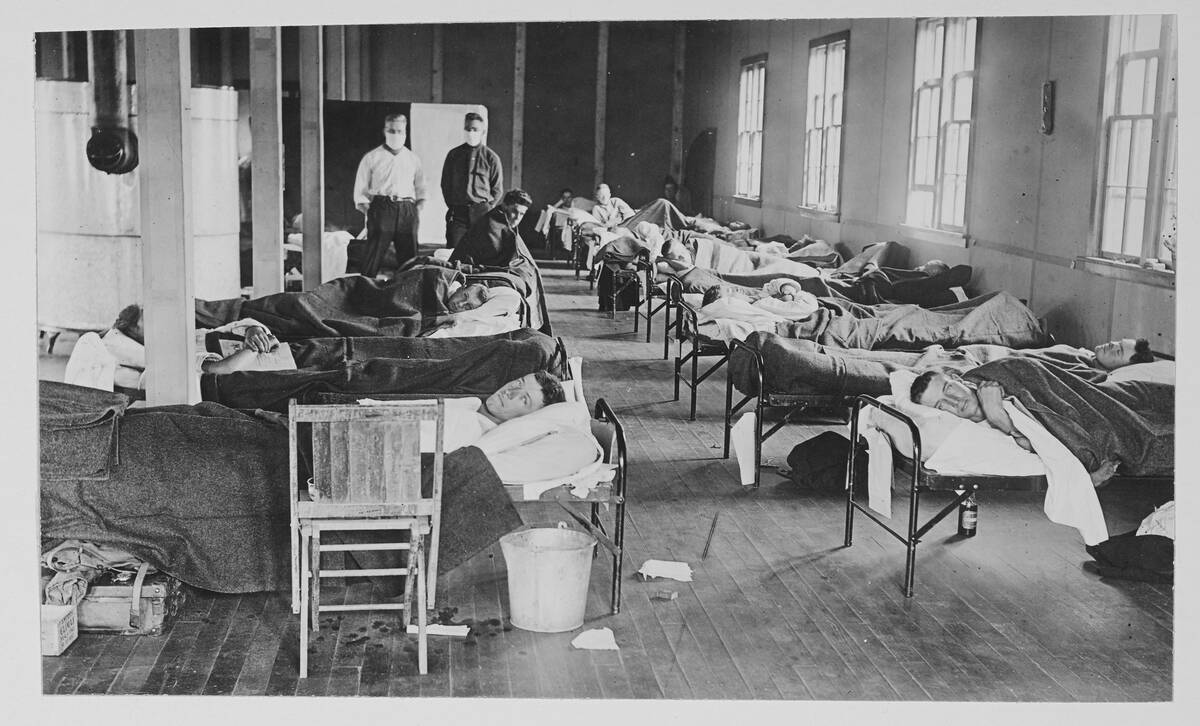
The Spanish flu pandemic of 1918 is often compared to modern flu outbreaks, but its impact was far more severe. Unlike typical seasonal flu, it affected healthy young adults and led to an estimated 50 million deaths worldwide. The pandemic overwhelmed medical facilities and highlighted the need for better public health measures. Despite its name, the flu likely originated elsewhere, with Spain being among the first to report it openly due to wartime censorship in other countries.
The Challenger Explosion: Misconceptions About Its Cause and Effect

The Challenger explosion in 1986 is often incorrectly attributed to a single mechanical failure. In reality, the disaster was a result of multiple factors, including the failure of an O-ring seal due to cold temperatures. The tragedy led to a 32-month hiatus in the shuttle program and significant changes in NASA’s approach to safety and risk management. The loss of the Challenger crew serves as a somber reminder of the inherent risks of space exploration.
The Johnstown Flood: A Tragedy Waiting to Happen
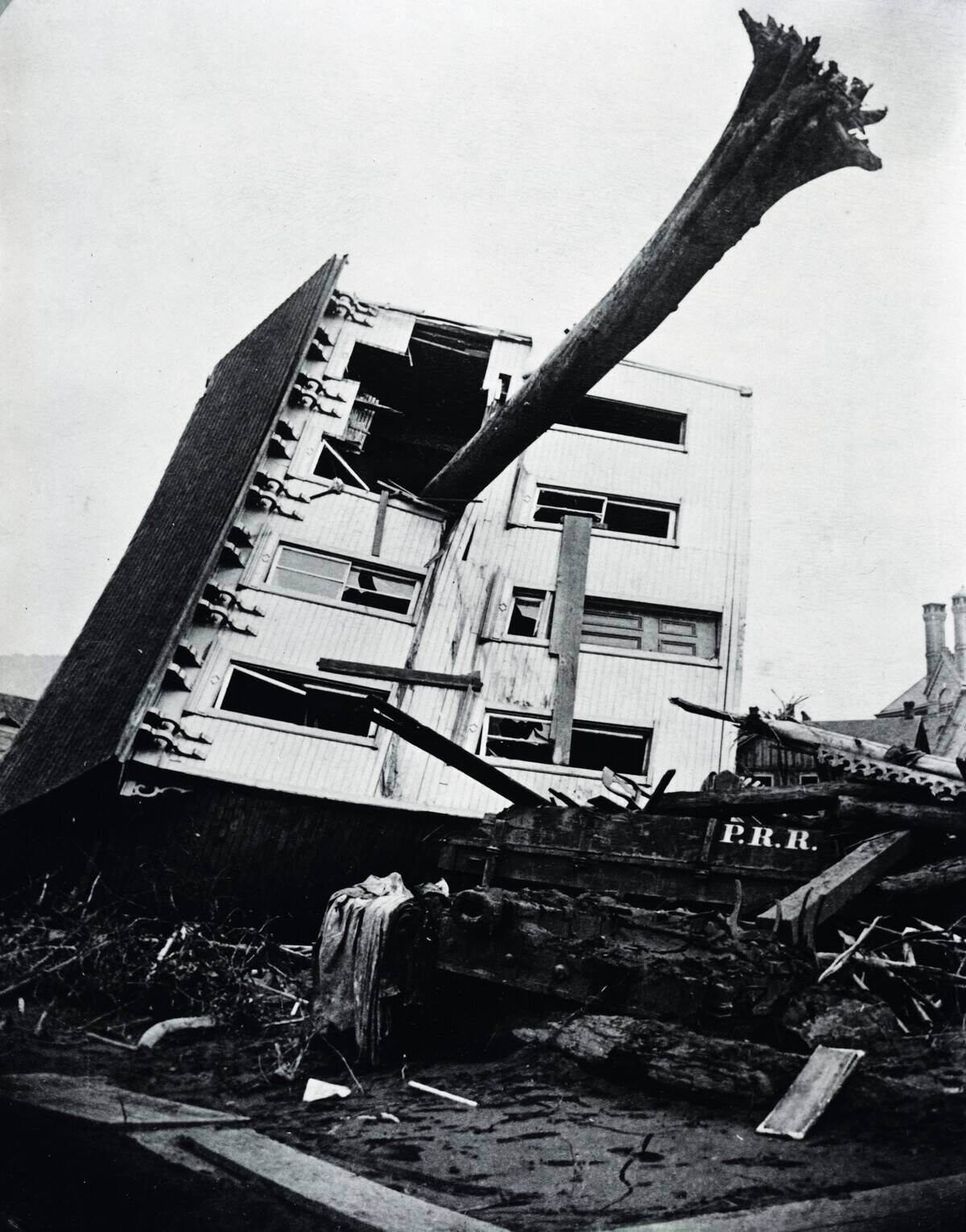
The Johnstown Flood of 1889 is often seen as an unavoidable natural disaster, but it was a tragedy exacerbated by human negligence. The South Fork Dam, which failed and unleashed the floodwaters, had been poorly maintained and altered without regard for safety. The flood resulted in over 2,200 deaths and highlighted the need for stringent oversight of engineering projects. The tragedy spurred reforms in dam safety and emergency response planning.
The Halifax Explosion: The Forgotten Impact on World War I
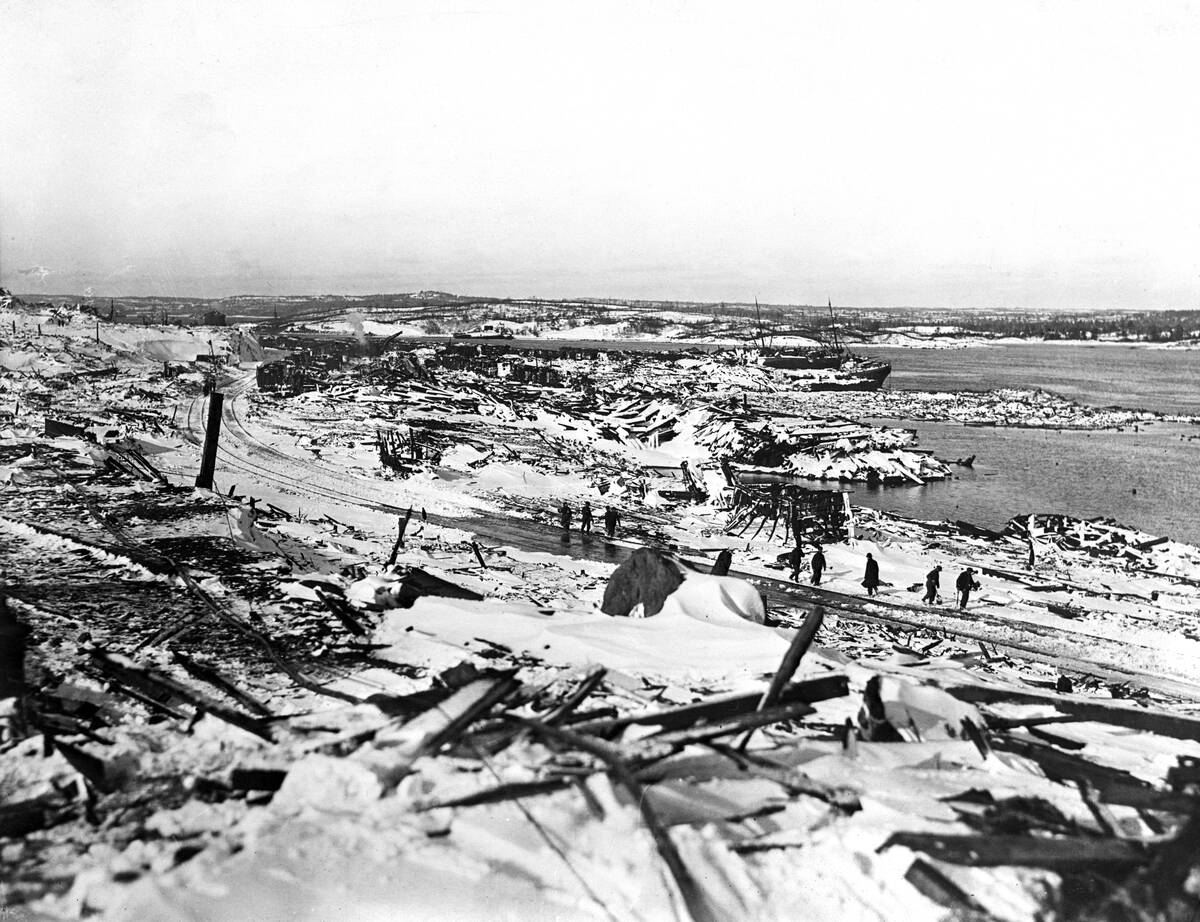
The Halifax Explosion of 1917 is often overlooked in discussions of World War I, despite being one of the largest non-nuclear explosions in history. The disaster occurred when a munitions ship collided with another vessel in Halifax Harbor, leading to widespread devastation and nearly 2,000 deaths. The explosion disrupted supply lines and highlighted the vulnerabilities of wartime logistics. In the aftermath, relief efforts and reconstruction demonstrated the resilience and solidarity of the affected communities.



